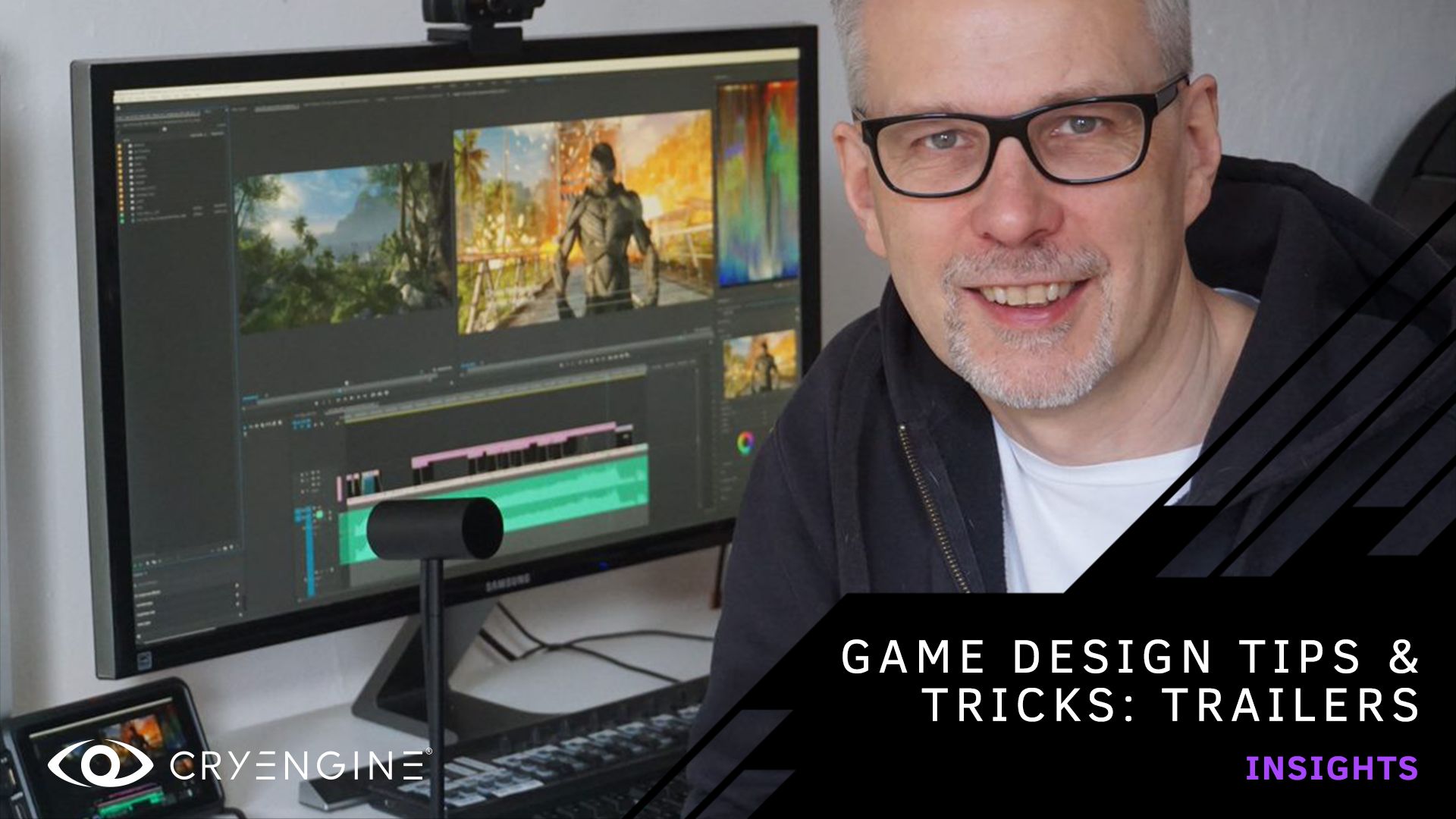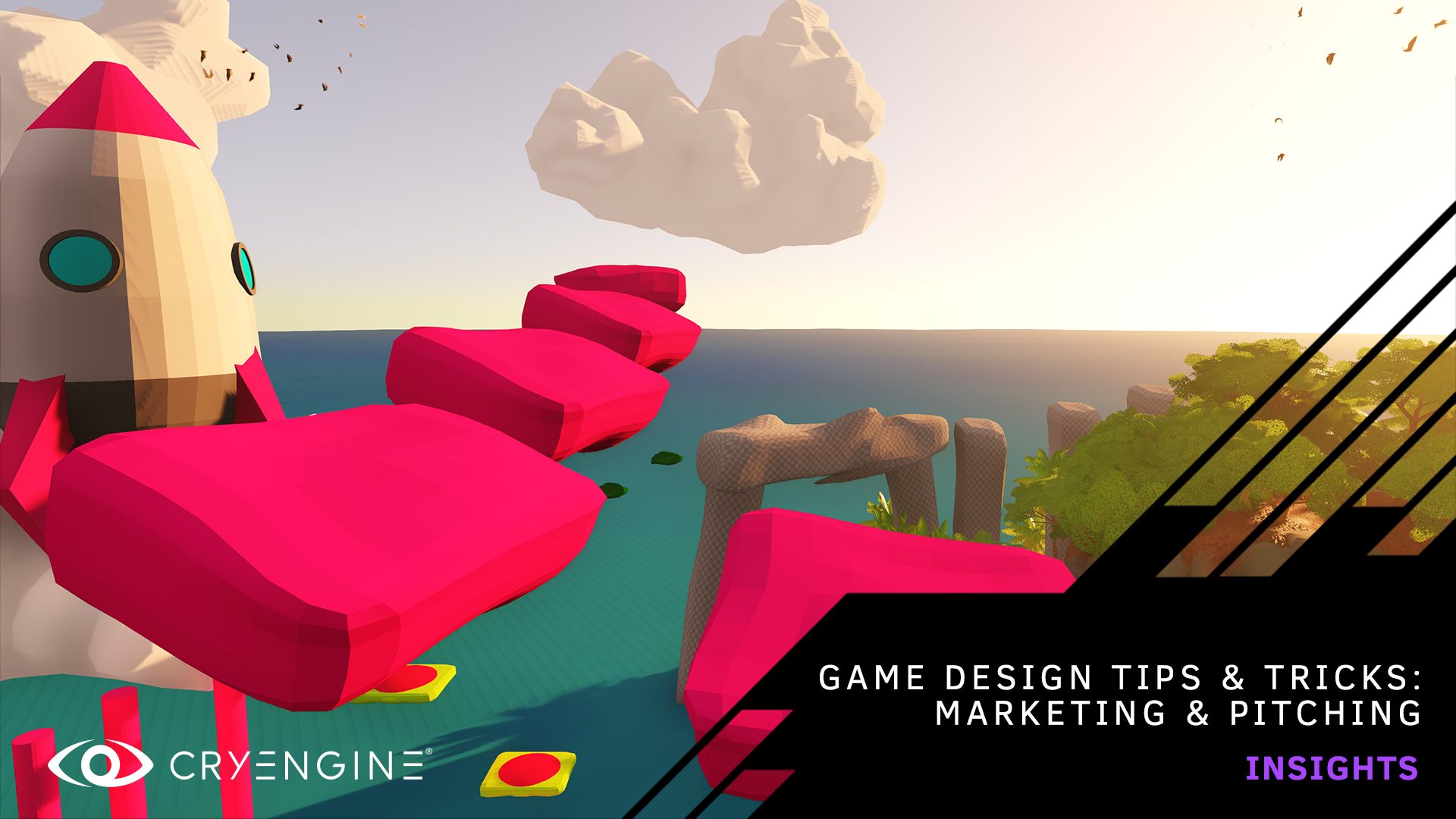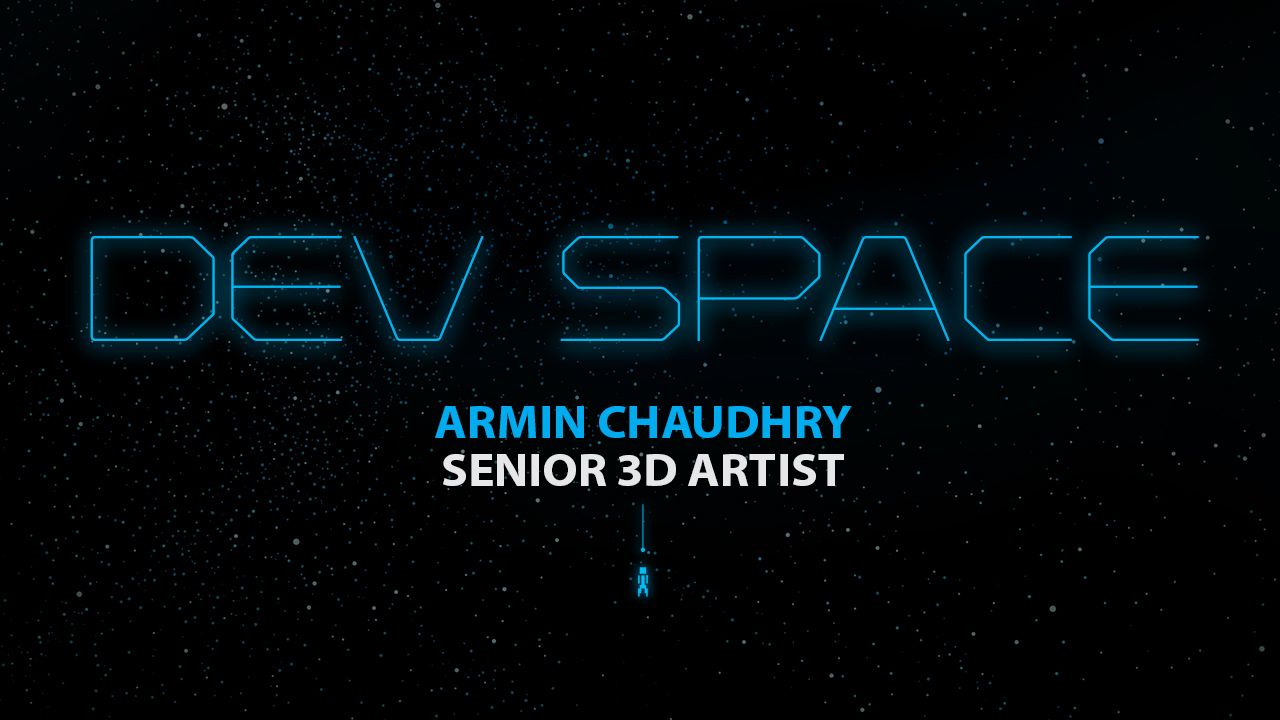
Dev Space: Armin Chaudhry Senior 3D Artist for The Climb
The most common reaction to The Climb's trailer and screenshots is "Wow!". We thought it would make sense to introduce one of the artists responsible for their incredible environments: Armin Chaudhry!
Name and position
Armin Chaudhry – Senior 3D Artist / Senior Environment Artist.
Why did you want to work in the games industry and how did you get started?
To work in the games industry was always one of my goals, because ever since my childhood I've been fascinated by the ability to use the computer to create the worlds I saw in my imagination. Even in my youth I was already creating maps with the old Valve Hammer Editor and made my own maps for Counter Strike!
I began studying Computer Science for a while, but realized that programming is not my path, because it was too theoretical. Nevertheless, some of the principles of Computer Science stuck with me and disciplined me to train my strategical and logical thinking which is helping me now to compose my artistic work and to solve complex scenes.
After that I realized I wanted to work in a creative field and went back to my fascination for 3D art. I left that University and started to study Game Art at the SAE Munich, where I was happy I had the chance to work on two mods.
When I graduated, I began working on an indie game and applied at Crytek for an internship, which I luckily got :)
What are you working on at the moment? What's first on your to-do list?
Currently I am working on one of the vistas for The Climb where I am creating a modular mountain and rock set which we will use to build the landscape for the setting.
What music do you listen to at work?
This is depending on what kind of asset or environment I am working on. The majority of the time I am listening to epic music like Two Steps From Hell, because that kind of music gives me the right energy and a good mood to work.
What tools are you using at the moment?
We are using 3dsMax for modeling, ZBrush for sculpting, Photoshop for texturing and of course CRYENGINE. But we are also experimenting with new workflows like Substance Painter/Designer or other stuff on the market like photo-scanning real life objects and so on.
What types of games do you like, and what is your favorite game of all time?
I am a huge fan of Point-and-Click adventures and story driven games. For example, games like The Walking Dead from Telltale can keep me entertained for quite a while. I also often play Borderlands 2 in my free time with my colleagues.
My favorite games of all time are Half Life 2 and Monkey Island.
What do you enjoy doing outside of work?
When I am at home I usually use my free time to work on my private portfolio projects, to play games, to read fantasy/sci-fi books and to meet friends.
Hmm, maybe Iceland or New Zealand. I would really love to go there someday to see the nature and the landscapes both countries have to offer. They also could be really useful as inspiration for my environmental art.
Do you have any tips for people wanting to get started in the industry?
My biggest advice is find something you are passionate about and then stick focused to that. There are so many disciplines in the art production for games and depending of the size of the studio you are applying for, you either have to be a generalist (smaller indie studios) or you have to be more specialized in one field (AAA Studios). Concept Art, Art Direction, 3D Art, Environment Art, Character Art, Lighting, Particles and so on. Try to find what you like the most!
Furthermore, learn the basics and then keep improving them until you are in a state where you think you have the foundation and knowledge to apply for jobs.
By the way, there are many good online learning sites to get there, for example Eat3d or Digital Tutors and so on.
If you want to find out on which level you are - compare your work with the portfolios from industry veterans. I know it will be hard at the beginning but after a while you will get used to work under a specific quality standard. Also painting and drawing skills could be useful, because they usually tend to teach you a good feeling for composition, colors and lighting. Mainly because you have to develop your painting by yourself and this often shows you errors which you would not see if you would create it in 3d.
In my opinion being a professional artist is only 20% talent and 80% exercise and experience, because the majority of the successful artist I know constantly developed their craft even at the risk of failing. Ultimately there are three points that really matter: portfolio, personality and a bit of luck :)



